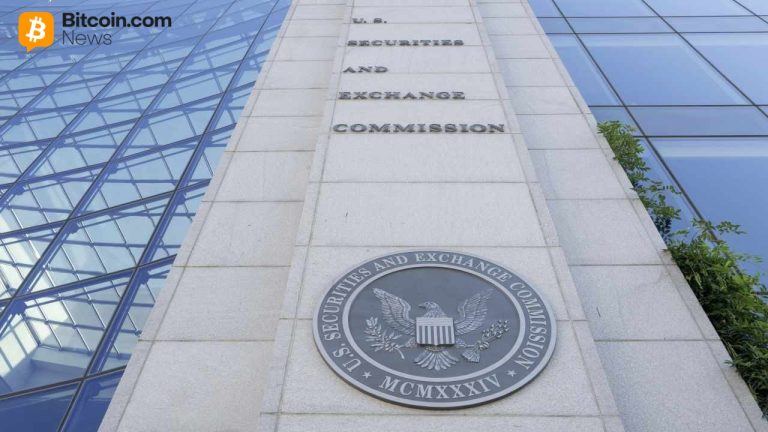Disclaimer: This content is a sponsored article. Bitcoinsistemi.com is not responsible for any damages or negativities that may arise from the above information or any product or service mentioned in the article. Bitcoinsistemi.com advises readers to do individual research about the company mentioned in the article and reminds them that all responsibility belongs to the individual.
Are today’s market pullbacks actually an opportunity? With Toncoin sliding, Bitcoin Cash dipping, and the BullZilla Presale roaring past $430k, investors are asking if these could be the Best Crypto Presales Now. Early presales have historically delivered outsized gains when timed correctly.
Crypto traders are increasingly eyeing presale tokens that show strong community growth and unique utility. Among the standouts, Bull Zilla is catching attention as the best meme coin 2025, offering $BZIL staking rewards and a presale ROI already exceeding 8,800%.
Below, we break down the latest news and data on Toncoin, BullZilla, and Bitcoin Cash, giving you everything you need to evaluate the Best Crypto Presales Now.
Toncoin Shows a Modest Pullback Amid Broader Market Uncertainty
Toncoin (TON) trades at $3.15, reflecting a -1.30% 24-hour dip and $148M in trading volume. While the token faces short-term selling pressure, Toncoin continues to build its ecosystem around fast, scalable messaging-based blockchain technology.
Analysts note that dips like today’s often precede accumulation phases, especially if network activity remains robust. Toncoin’s developers are rolling out updates to improve cross-chain compatibility, which could set up a rebound later this year.
For investors hunting the Best Crypto Presales Now, Toncoin’s current price weakness might be attractive—but it lacks the explosive upside of newer presale plays like BullZilla.
BullZilla Presale Breaks $430k: The Best Meme Coin 2025?
The BullZilla Presale continues to capture headlines. Current Stage: 3rd (404: Whale Signal Detected), Phase: 1st, with a price of $0.00005908. Over 26 billion tokens are already sold, raising more than $430k, and early backers have enjoyed an ROI of 8822.49% from Stage 3A to the $0.00527 listing target.
A $1,000 investment now secures 16.926 million $BZIL tokens, with an upcoming 11.27% price surge expected as Stage 3B approaches. Many analysts tout BullZilla as the best meme coin of 2025, and the team is preparing $BZIL staking options that could generate passive rewards for holders.
BullZilla Presale Information
| Metric | Details |
| Current Stage | 3rd – Whale Signal Detected |
| Phase | 1 |
| Current Price | $0.00005908 |
| Presale Tally | Over $430,000 Raised |
| Token Holders | Over 1500 |
| Tokens Sold | 26 Billion |
How to Buy BullZilla:
Visit the official BullZilla presale site, connect a crypto wallet (such as MetaMask), choose your payment token (ETH/USDT/BNB), and swap for $BZIL before the next price jump. Early entry is key to capturing the steepest gains in what many call the Best Crypto Presales Now.
Bitcoin Cash Slips but Maintains Network Strength
Bitcoin Cash (BCH) is priced at $591.74, down 1.69% over the last 24 hours, with a daily trading volume of $446M. Despite the dip, BCH remains a cornerstone for fast, low-fee peer-to-peer transactions.
Developers are implementing throughput upgrades and exploring Layer-2 solutions to maintain relevance as competitors like Toncoin and newer meme coins attract traders’ attention. Historically, Bitcoin Cash’s pullbacks have provided long-term entry points for those seeking exposure to a mature proof-of-work network.
However, when comparing potential upside, even BCH enthusiasts admit that explosive presale projects such as BullZilla can deliver far higher short-term multiples, making BCH less appealing to those chasing the Best Crypto Presales Now.
Conclusion
Today’s market shows a split personality: established coins like Toncoin and Bitcoin Cash are experiencing mild corrections, while the BullZilla ($BZIL) Presale accelerates with enormous ROI and $BZIL staking on the horizon. For investors searching for the Best Crypto Presales Now, BullZilla stands out as a high-growth candidate, especially before Stage 3B’s price hike.
For More Information:
BZIL Official Website
Join BZIL Telegram Channel
Follow BZIL on X (Formerly Twitter)
FAQs
Why is BullZilla considered the best meme coin 2025?
BullZilla combines strong community backing, massive presale ROI, and upcoming $BZIL staking, positioning it as a top contender among meme coins.
How can I buy BullZilla during the presale?
Go to the official BullZilla presale page, connect a wallet like MetaMask, select your payment method (ETH/USDT/BNB), and swap for $BZIL tokens.
Is Toncoin’s current dip a buying opportunity?
Many analysts view the -1.30% pullback as short-term volatility. Long-term potential depends on upcoming network upgrades and market sentiment.
Summary
Toncoin trades at $3.15, down 1.30%, but remains fundamentally strong.
BullZilla Presale exceeds $430k, with ROI near 8822% and $BZIL staking planned, earning it a reputation as the Best Crypto Presale Now and the best meme coin 2025.
Bitcoin Cash slips 1.69%, offering stability but less explosive upside compared to BullZilla.
Disclaimer
This article is for informational purposes only and does not constitute financial advice. Cryptocurrency investments are volatile and carry risk. Always conduct your own research before investing in any digital asset, including the Best Crypto Presales Now.
Source: https://en.bitcoinsistemi.com/bullzilla-presale-leads-the-best-crypto-presales-now-while-toncoin-and-bitcoin-cash-see-price-drops/



